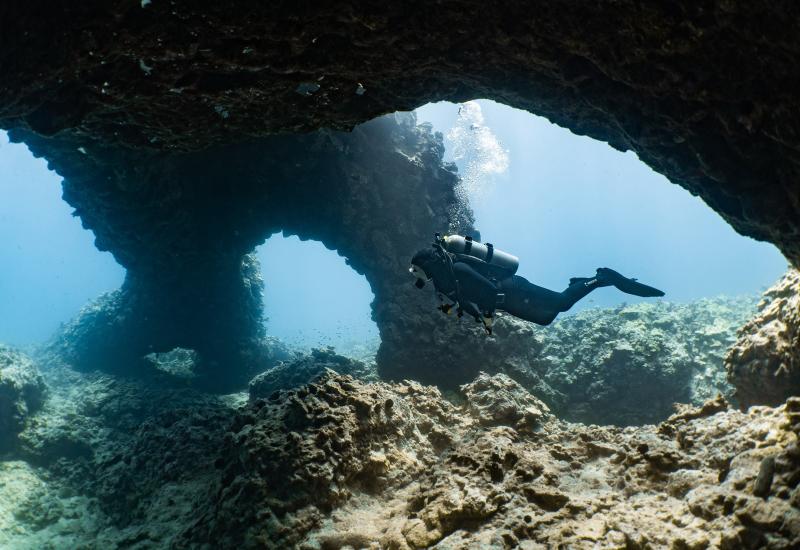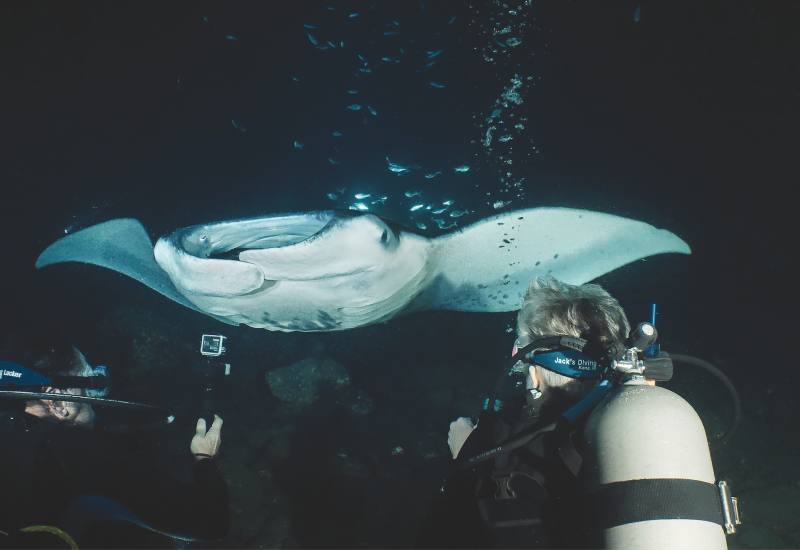Hawaiian Monk Seal Expedition Underway in Northwestern Hawaiian Islands

Courtesy NOAAMonk seals and turtles basking together at French Frigate Shoals in the Northwest Hawaiian Islands.
The NOAA ship Oscar Elton Sette is departing on a 24-day research expedition in the Northwestern Hawaiian Islands (NWHI) to support research and recovery efforts for the endangered Hawaiian monk seal. Every year, biologists in NOAA's Hawaiian Monk Seal Research Program (HMSRP) monitor the status of monk seals at remote locations in the NWHI, study factors that are a threat to seal survival, and seek ways to help save individuals in an effort to eventually recover the species.
From May 12 through June 4, 2017, the NOAA/S Sette will deploy researchers who will set up camp at five sites: French Frigate Shoals, Laysan Island, Lisianski Island, Pearl and Hermes Reef, and Kure Atoll. These scientists will camp on the islands for the summer as part of the program's long-running Assessment and Recovery Camps. Additionally, the Sette will deploy a small group of researchers to conduct monk seal assessment and recovery activities at Midway Atoll, where there is no season-long camp established. The ship will also support seal censuses at three other sites: Nihoa Island, Mokumanamana (Necker Island), and Niʻihau Island.

Courtesy NOAAField staff pack the Sette for the trip to the NWHI.
These field camps are a long-established cornerstone of the HMSRP, providing the foundational data that informs species recovery actions. But as conservation challenges constantly evolve, so does field research. The HMSRP has recently initiated a vaccination program to protect monk seals from the threat of morbillivirus outbreak. After a successful 2016 pilot season in the MHI, 2017 will be the first year of monk seal vaccination in the NWHI.
In addition to deploying field camps, the Sette will transport four seals that have undergone a season of rehabilitative care at The Marine Mammal Center's Ke Kai Ola monk seal hospital in Kona, Hawaiʻi Island. These four seals were picked up in the NWHI at the end of the 2016 field season, underweight and unlikely to survive. With the partnership between NOAA monk seal scientists and the Ke Kai Ola veterinarians, struggling seals get a second chance. After a season of rehabilitative care, these animals will be returned to their natal sites as healthy yearlings ready to thrive. The 2017 field teams will start looking for seals in need this year.

Julie Steelman/Courtesy NOAASeals getting healthy at Ke Kai Ola.
Periodically during the project, shipboard personnel will collect subsurface ocean temperature and conductivity measurements using a CTD. These data will be added to a comprehensive NOAA oceanographic database and used to better understand large-scale phenomena like climate change and the dynamics of local features like oceanic fronts.
The Sette will also provide support for partner projects and agencies working in the NWHI. The ship will deploy a small team of NOAA sea turtle biologists who will work alongside the seal team at French Frigate Shoals, studying the primary breeding site for Hawaiian green sea turtles. Additionally, personnel and supplies will be transported to/from the state's Kure Conservancy camp at Kure Atoll.

Courtesy NOAAA Hawaiian monk seal sleeping in the NWHI.
The endemic Hawaiian monk seal, one of the rarest pinniped (seal and sea lion) species on Earth, was listed as Endangered under the U.S. Endangered Species Act (ESA) in 1976.
The majority of the population (ca. 80%) is distributed throughout the 8 remote islands and atolls of the Northwestern Hawaiian Islands (NWHI) within the Papahānaumokuākea Marine National Monument (PMNM), (Nihoa Island, Mokumanamana (Necker Island), French Frigate Shoals, Laysan Island, Lisianski Island, Pearl and Hermes Reef, Midway Atoll, and Kure Atoll). Each site contains a subpopulation of seals exposed to varying ecological conditions.










